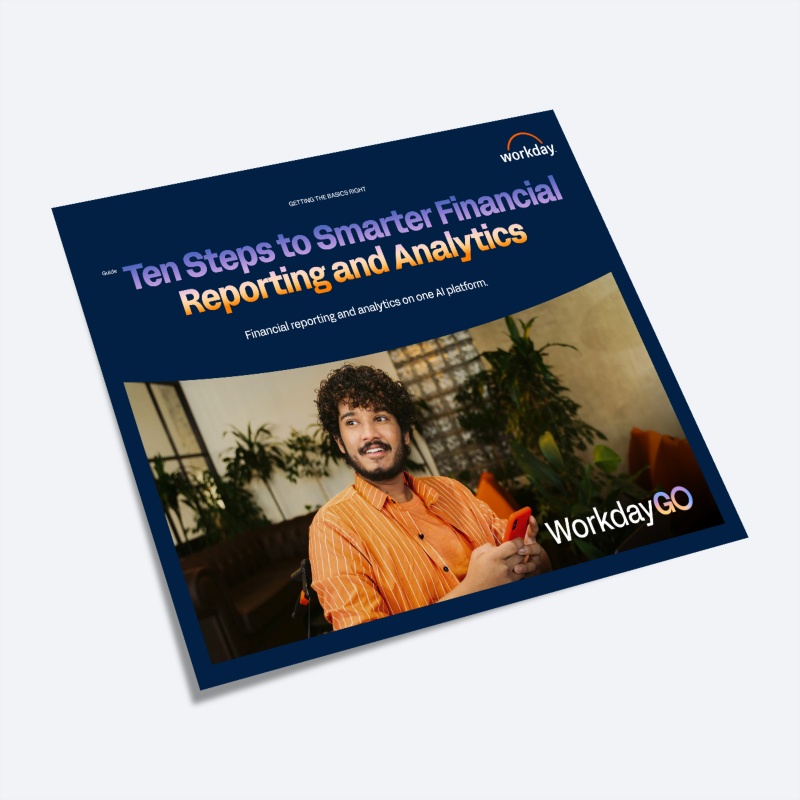2. Predictive Analytics for Strategic Planning
AI-driven predictive models analyze historical data, real-time financial metrics, and external market trends to provide customized, actionable forecasts. These models enable companies to simulate varied business scenarios and plan proactively to reduce risk, inform decisions, and capitalize on opportunities.
They also now integrate directly with financial and operational data, making forecasting a wider-spread practice. Instead of relying on static quarterly forecasts, for example, finance teams can use AI to adjust in real time based on changes in demand, currency rates, or geopolitical developments. They can work with leaders in other departments to analyze department-specific implications.
Analysis isn¡¯t limited to numbers, either. AI-powered predictive analytics tools can leverage natural language processing (NLP) to analyze news, market reports, and social media sentiment, offering a more comprehensive view of factors influencing the business landscape.
3. Transparent, Explainable AI (XAI)
As AI takes on a greater role in driving business decisions, the need for transparency and accountability grows. Explainable AI (XAI) addresses this by enabling decision-makers to understand and verify how AI models reach their conclusions. Unlike traditional AI systems, which act more like ¡°black boxes,¡± XAI provides clear reasoning, ensuring that insights are both actionable and trustworthy.
The market for XAI is expected to rise in 2025 and projected to by 2028. In corporate finance, it will reshape practices such as credit scoring, risk management, and investment recommendations. For example, instead of offering a simple risk score, XAI models will explain in detail the specific factors that influenced its calculation.
This level of transparency builds confidence among finance leaders while also ensuring compliance with regulatory standards and ethical guidelines. By shedding light on AI¡¯s decision-making processes, XAI empowers organizations to adopt AI responsibly while fostering trust across stakeholders.
4. Fully Integrated Platform Solutions
As AI continues to reshape corporate finance, integrated platform solutions are emerging as essential for connecting finance with the rest of the enterprise. They create an easy flow of data across departments¡ªunifying finance, operations, HR, marketing, sales, and supply chain into a single, cohesive system.
For CFOs, this unlocks a more comprehensive understanding of the business and enables data-driven decisions that are financially sound as well as operationally aligned. For example, a platform with embedded AI can sync financial forecasts with workforce planning, ensuring staffing levels align with anticipated demand. Supply chain disruptions identified in operations can immediately inform financial scenario planning.
The value of integration like this lies in its ability to empower finance teams to move beyond reporting into proactive collaboration. Given that rely on both financial and non-financial data to make decisions, an integrated solution is a must for modern corporate finance teams.





